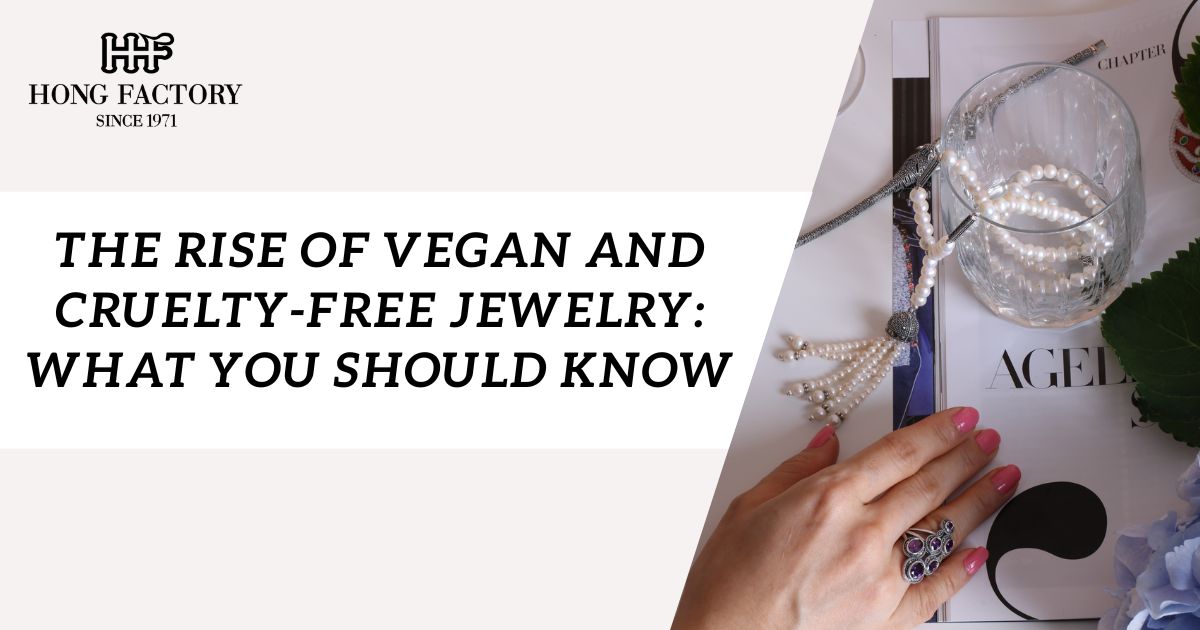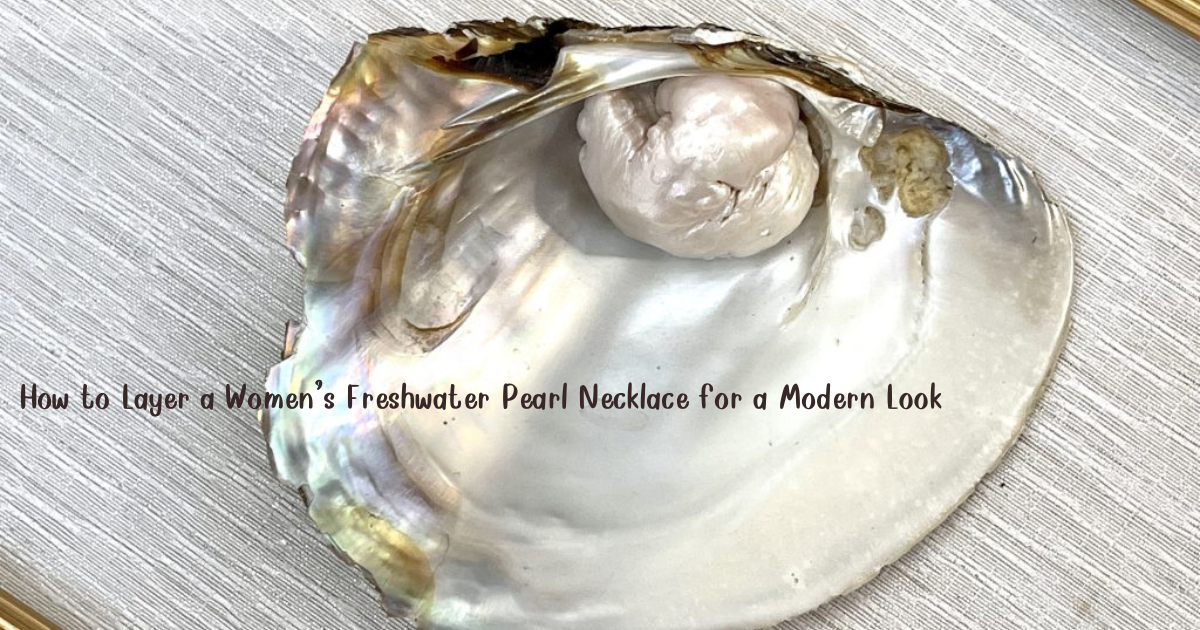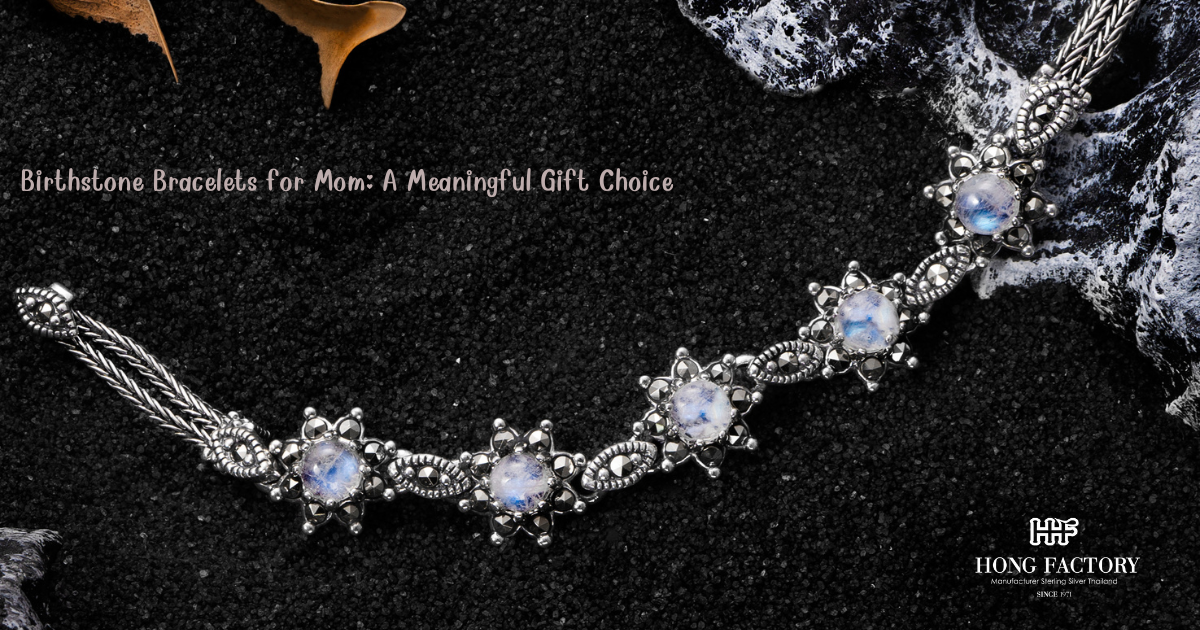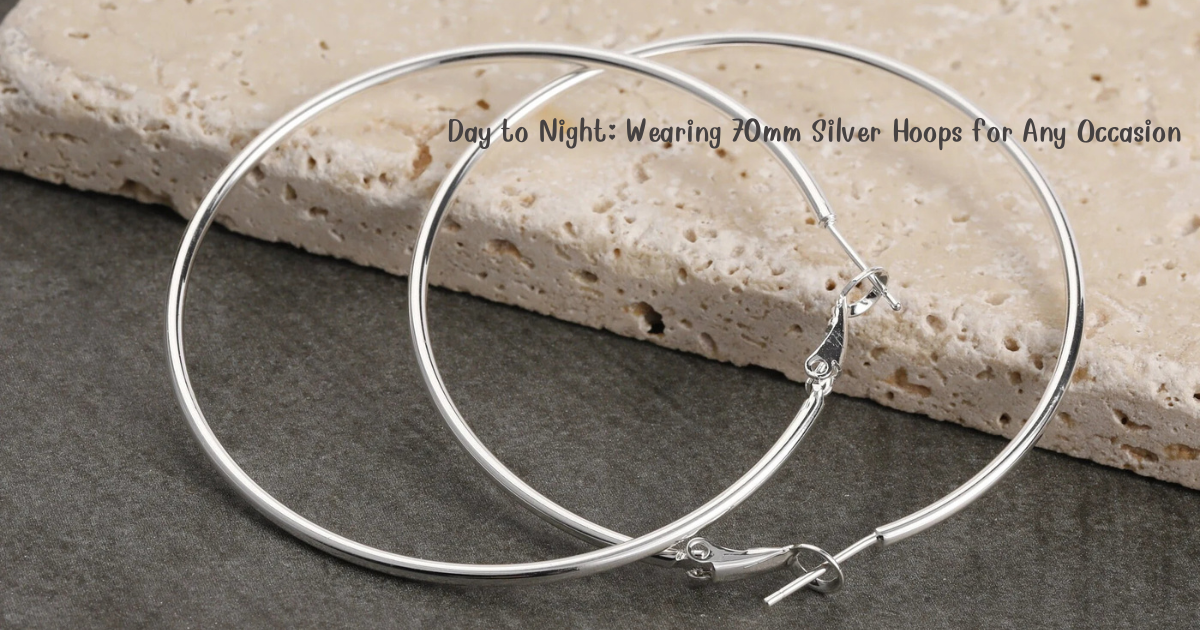As consumers become more conscious of ethical and environmental issues, the demand for vegan and cruelty-free jewelry is on the rise. Traditional jewelry production often involves animal-derived materials and unethical practices, but innovative brands are now offering stylish, sustainable, and ethically made alternatives.
This article explores the rise of vegan and cruelty-free jewelry, what makes it different, and how you can make informed choices when shopping for ethical accessories.
The Rise of Vegan and Cruelty-Free Jewelry: What You Should Know
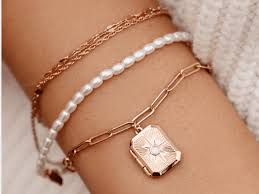
1. What Is Vegan and Cruelty-Free Jewelry?
Vegan jewelry is made without any animal-derived materials, while cruelty-free jewelry ensures that no animals were harmed or exploited during the production process. These ethical accessories use sustainable, plant-based, and synthetic alternatives to create beautiful, high-quality designs.
Common Animal-Derived Materials in Traditional Jewelry:
- Pearls: Cultivated through oyster farming, which can harm marine life.
- Leather Straps: Made from animal hides and often treated with toxic chemicals.
- Bone and Horn: Harvested from animals, contributing to wildlife exploitation.
- Silk Thread: Used in stringing beaded jewelry, sourced from silkworms.
- Shell and Coral: Collected from marine ecosystems, leading to habitat destruction.
2. Why Vegan and Cruelty-Free Jewelry Matters
Ethical and environmental concerns drive the shift toward vegan and cruelty-free jewelry. Choosing these alternatives supports sustainable fashion, reduces harm to animals, and promotes fair labor practices.
Key Benefits:
- Animal Welfare: No animals are harmed in the sourcing or production process.
- Eco-Friendly: Reduces the demand for resource-heavy animal products.
- Sustainable Materials: Many vegan jewelry brands use recycled metals and eco-friendly alternatives.
- Supports Ethical Brands: Encourages companies that prioritize sustainability and fair trade.
3. Popular Vegan and Cruelty-Free Jewelry Materials
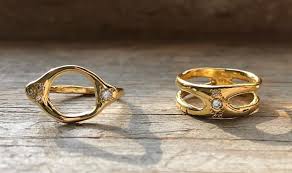
Innovative materials are replacing traditional animal-derived components in jewelry making.
Sustainable and Ethical Alternatives:
- Lab-Grown Diamonds and Gemstones: Provide the beauty of natural stones without environmental destruction.
- Recycled Metals: Reduces mining impact by repurposing gold, silver, and platinum.
- Plant-Based Leather: Made from cork, apple peel, and pineapple fibers (Piñatex).
- Glass and Resin Beads: Vegan-friendly alternatives to pearls and natural stones.
- Wood and Bamboo: Renewable and biodegradable materials that add a natural touch.
- Hemp and Cotton Thread: Ethical substitutes for silk in beaded jewelry.
4. How to Identify Vegan and Cruelty-Free Jewelry
With ethical fashion on the rise, brands are labeling their products as vegan and cruelty-free. However, it’s essential to verify claims to ensure authenticity.
What to Look For:
- Certifications: Seek labels like PETA-Approved Vegan or Fair Trade Certified.
- Brand Transparency: Ethical brands disclose sourcing and production details.
- Material Descriptions: Ensure the absence of pearls, silk, leather, or animal byproducts.
- Handcrafted and Small-Batch Production: Reduces mass production waste and supports fair labor.
5. Top Vegan and Cruelty-Free Jewelry Brands
Several jewelry brands are pioneering ethical fashion by offering 100% vegan and cruelty-free pieces.
Notable Brands:
- Wanderlust + Co: Uses recycled metals and eco-friendly materials.
- Votch: Specializes in plant-based leather for watches and accessories.
- SOKO: Works with artisans to create sustainable, vegan-friendly jewelry.
- Pura Vida: Offers handmade, ethically crafted jewelry using vegan materials.
- Matt & Nat: Known for their stylish, cruelty-free designs made with eco-conscious materials.
6. How to Care for Vegan and Cruelty-Free Jewelry
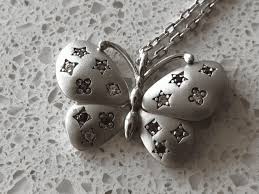
Proper maintenance ensures the longevity of sustainable jewelry pieces.
Cleaning Tips:
- Use Gentle, Natural Cleaners: Mild soap and water are ideal for most materials.
- Avoid Harsh Chemicals: Keep jewelry away from bleach, acetone, and ammonia.
- Store Properly: Use cloth pouches or jewelry boxes made from sustainable materials.
- Polish with a Soft Cloth: Helps maintain the shine of recycled metals and glass beads.
7. The Future of Vegan and Cruelty-Free Jewelry
The jewelry industry is evolving as more consumers demand ethical, sustainable options. Future trends include:
- Innovations in Vegan Materials: Bioengineered gemstones and sustainable metal alternatives.
- Greater Brand Transparency: Increased accountability in sourcing and production.
- Mainstream Adoption: Large retailers incorporating vegan jewelry lines.
- Rise of Second-Hand and Upcycled Jewelry: Encouraging circular fashion practices.
The rise of vegan and cruelty-free jewelry reflects a growing movement toward ethical and sustainable fashion. By choosing accessories made from recycled metals, lab-grown gemstones, and plant-based materials, consumers can support brands that prioritize animal welfare and environmental responsibility. As more designers embrace ethical practices, vegan jewelry will continue to thrive as a stylish and compassionate alternative.
